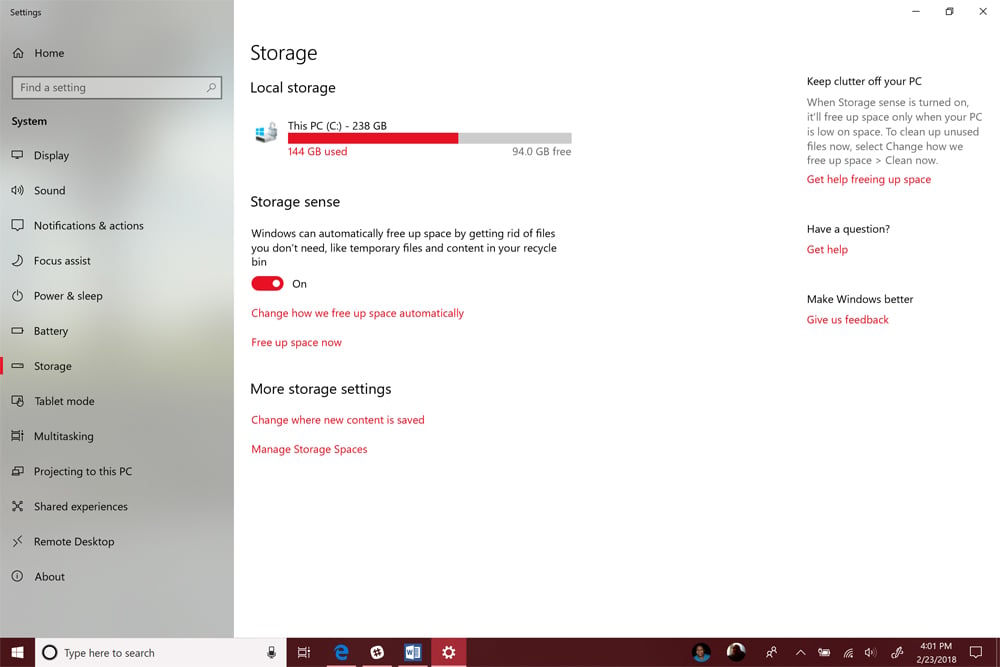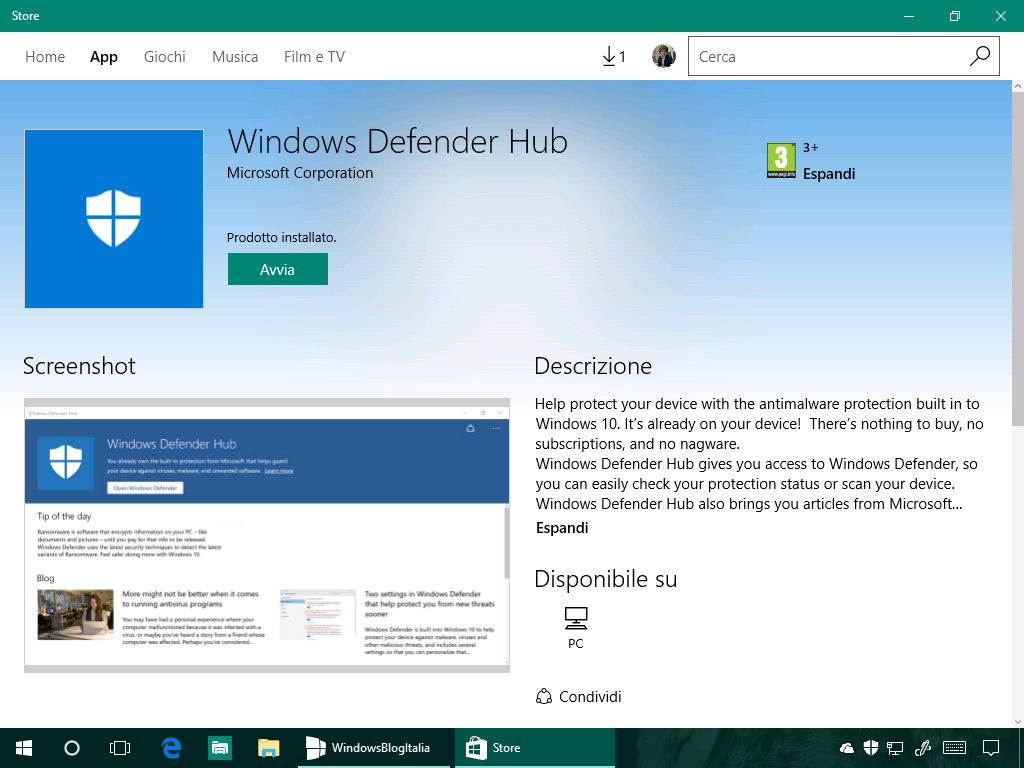

Microsoft recommends creating bootable media on a known-clean computer. This works identically to the Microsoft Defender Offline feature on Windows 10, but requires you create the bootable media and boot it up yourself. Restart your computer and boot from the offline scanner.įor previous versions of Windows, you can download Microsoft Defender Offline, create a bootable USB drive, CD, or DVD, and boot the Microsoft Defender Offline tool on the PC.Run the executable and create your bootable media (a USB drive or CD/DVD).Go to Microsoft website and download the offline scanner.RELATED: How Do I Know if I'm Running 32-bit or 64-bit Windows? How to Run Microsoft Defender Offline on Windows 7 and 8.1 If no malware is found, your computer will automatically boot back into Windows once the scan is complete. The scan may take up to fifteen minutes. If any malware is found, you’ll be prompted to clean it up from within the Microsoft Defender Offline interface. RELATED: What's the Best Antivirus for Windows 10 and 11? (Is Microsoft Defender Good Enough?)Īfter you click this button, your computer will automatically reboot and begin scanning your PC for malware. Select “Microsoft Defender Offline scan” to choose an offline scan. Then select Virus & threat protection, click “Scan options” under Current threat. Click the Start button, then type “Settings” into the search bar, and hit Enter or click “Open.”Ĭlick Privacy and Security > Windows Security > Open Windows Security. Open the Windows Security application by clicking on the blue shield icon on the task bar, or through the Settings app. Windows 11, like its predecessor, comes packaged with Microsoft Defender. Click “Scan Options.” Select “Offline Scan” and then hit “Scan Now.”.Click “Open Windows Security” go to “Virus & Threat Protection.”.Open the Settings App, then click “Privacy and Security.”.How to Run Microsoft Defender Offline on Windows 11 Tip: If you’re on Windows 7 or 8.1, you can make a disc and run it yourself. This tool is essentially an antivirus boot disc, but integrated into Windows 10 and Windows 11, and easier to run. Some malware may hook so deep into Windows that it can’t be removed while Windows is running, but can be removed if you run a standalone scan outside the OS.

Some rootkits may hide from Windows during the bootup process, but be detectable when running a scan from outside Windows. Since the tool scans while Windows isn’t running, any malware that might be running inside Windows can’t interfere.


 0 kommentar(er)
0 kommentar(er)
